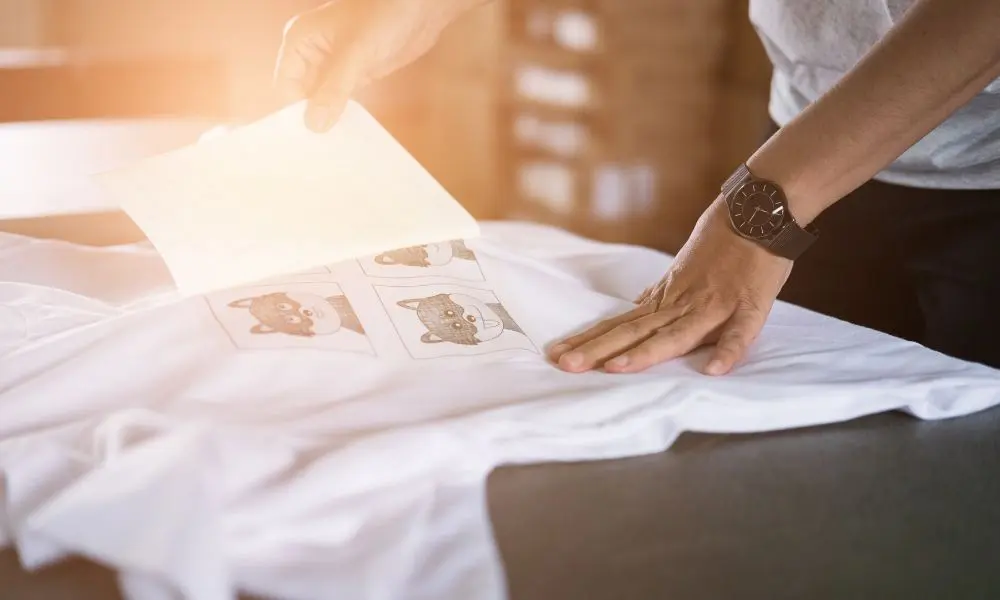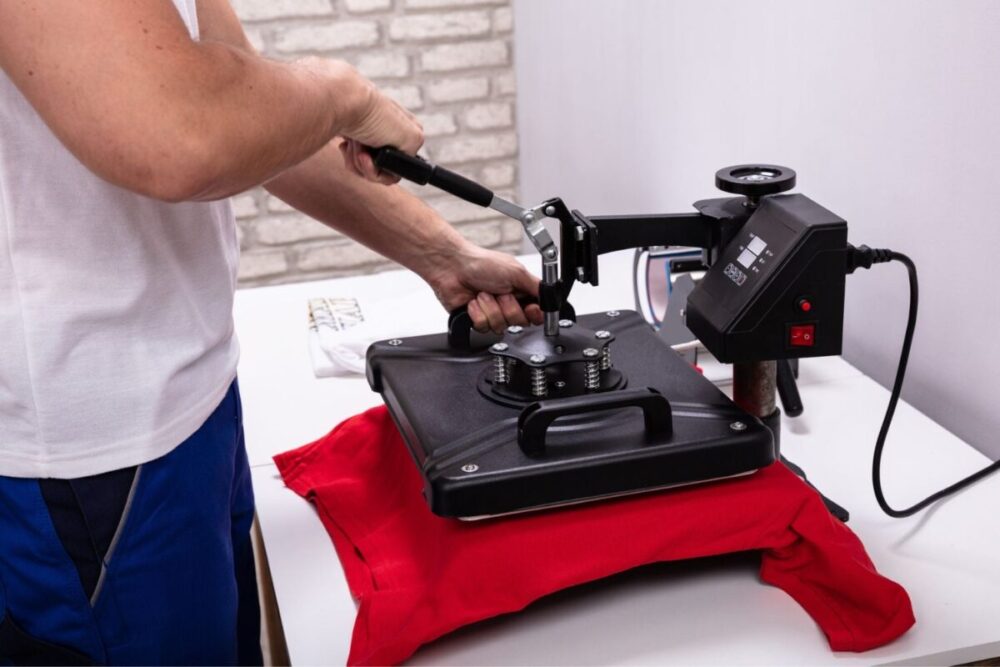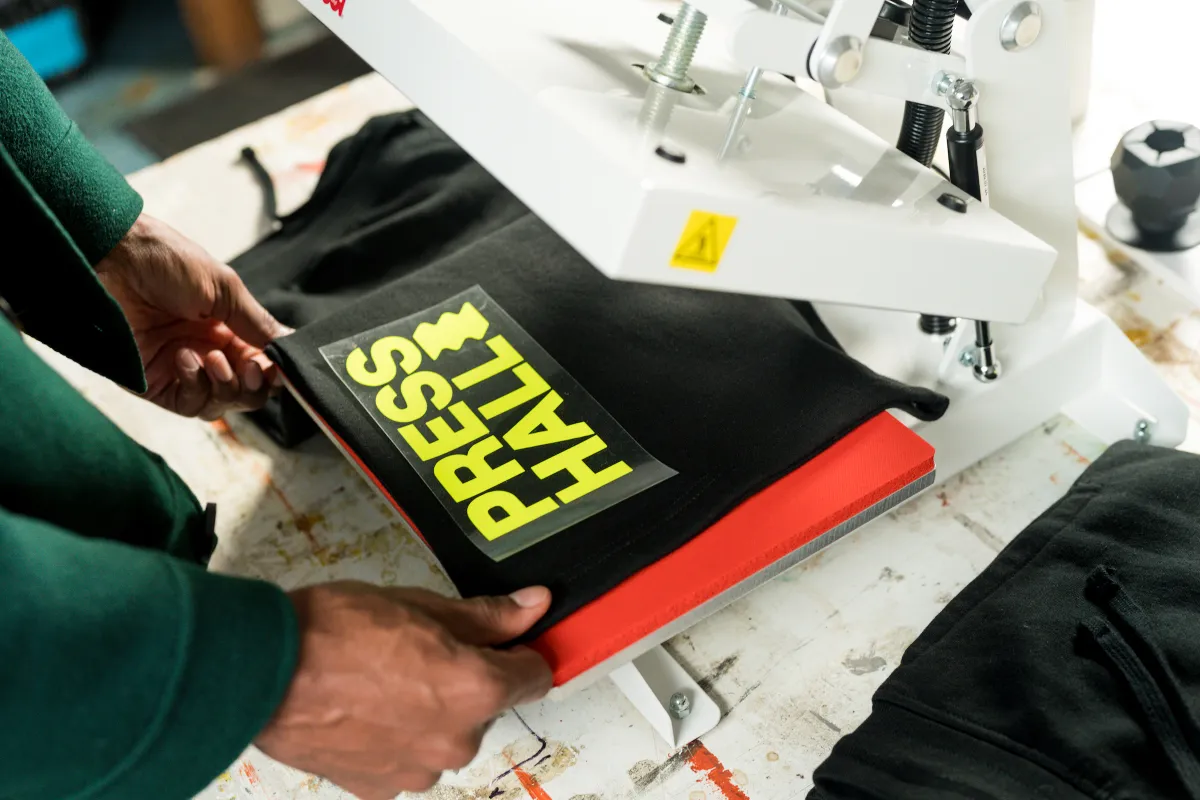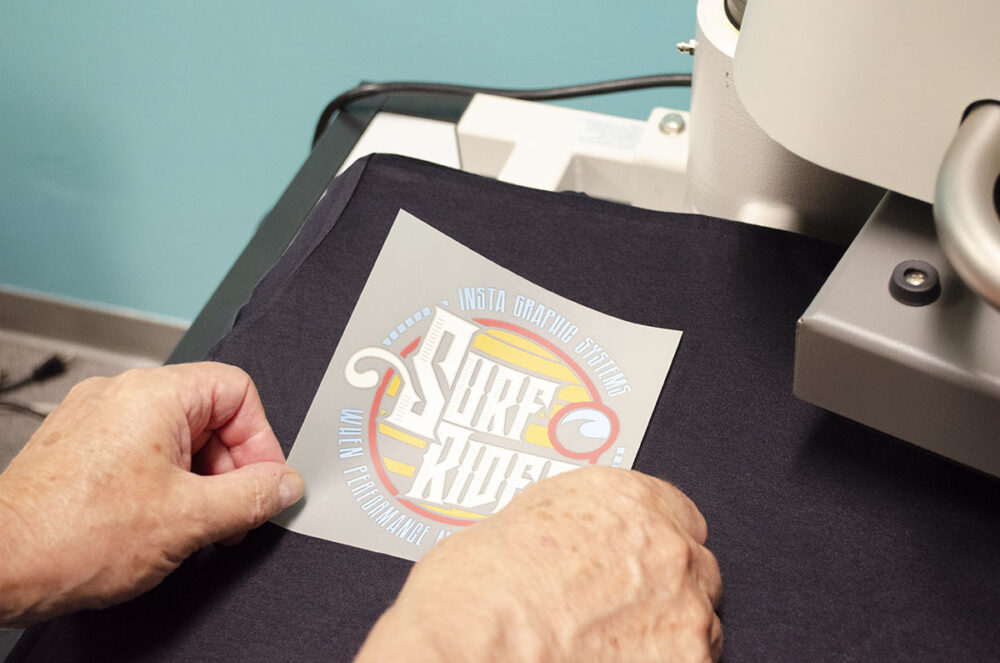When it comes to customizing apparel and accessories, Heat Transfer Vinyl (HTV) and Sublimation continue to face off against one another. Which strategy prevails, given the differences in its advantages? Let’s compare HTV with sublimation to find which is superior.
Introducing the advantages and disadvantages of Heat Transfer Vinyl
Custom graphics may be made using Heat Transfer Vinyl on a variety of textiles, including hoodies, T-shirts, and more. Here are some of its main benefits and disadvantages as well:

Benefits of HTV
Versatility: HTV is a flexible solution for personalizing clothing since it can be applied to a variety of natural and synthetic textiles.
- DIY-Friendly: HTV is a great material for those who enjoy crafting since it is simple to use and appropriate for novices.
- Economical: HTV is a cost-effective solution for modest projects because of its reasonable price.
Disadvantages of HTV
- Limited Durability: HTV patterns may fade or break over time, especially with regular washing and vigorous use.
- Layer Restrictions: Using HTV to layer numerous colors can be difficult and limit the complexity of sophisticated patterns.
Introduce the advantages and disadvantages of Sublimation
On the other hand, sublimation uses heat and pressure to bind the ink to the fibers of the cloth in order to transfer patterns. Let’s examine its benefits and drawbacks:

Sublimation’s benefits
- Durability: Sublimation prints are long-lasting and bright, and they won’t fade or break over time since the images form a permanent part of the fabric.
- Prints in full color: High-quality, full-color graphics with fine details and gradients are possible using sublimation.
- Excellent for Big Orders: Because sublimation is effective at printing several objects at once, it is perfect for mass manufacturing.
Sublimation’s disadvantages
- Limited Fabric Compatibility: Sublimation may only be used with certain types of materials, such as polyester textiles that are light in color.
- Initial Investment: Sublimation requires more expensive materials and equipment; hence it is more appropriate for large scale projects.
Introduce the process and materials needed to make short sleeves and cups:
Make Your Own T-shirt with Vinyl
Materials required:
- Sheets of Heat Transfer Vinyl
- A cutting device, such as a Cricut or Silhouette
- The desired-color T-shirt
- Heat an iron or press.
- Weeding equipment

Detailed Guidelines:
- Design creation: Create a bespoke design using design software or select one of the ready-made designs that are accessible online.
- Cutting the HTV: Place the HTV sheet into the cutting machine and proceed to cut the design as directed by the program.
- Weeding: Using a weeding tool, remove any extra vinyl from the carrier sheet so that the desired pattern is all that remains.
- Heat Press: Set the heat press to the required temperature and apply firm pressure when applying the HTV design to the T-shirt.
- Peel and Appreciate: After carefully removing the carrier sheet, your personalized T-shirt is ready to be worn!
Create Your Mug with Sublimation
The following materials are required:
- A sublimation printer
- Sublimation ink
- Sublimation paper
- A blank sublimation mug
- Heat press
Detailed Guidelines:
- Design Printing: Create or choose the design you wish to print on the mug using design software.
- Printing: Place sublimation paper in the printer and use sublimation ink to print the design.
- Cup Preparation: Make sure the cup is clean and free of any dust or other particles.
- Heat Press: Using heat-resistant tape, wrap the printed sublimation paper around the cup. Enter the heat press with the cup.
- Sublimation Process: Using the heat press to apply heat and pressure to the cup, the ink will sublimate into the coating of the mug.
- Cooling and Unveiling: Take the mug out of the heat press when the allotted time has passed, and allow it to cool. The customized mug may be seen once the sublimation paper has been removed.

Summary
In conclusion, there are clear benefits and drawbacks to both Sublimation and Heat Transfer Vinyl (HTV) for personalizing clothing and accessories. HTV is appropriate for smaller projects since it is simple to use and inexpensive, but sublimation excels at creating long-lasting, full-color patterns ideal for large-scale orders. The precise needs of your project, the materials you want to utilize, and your budget ultimately determines whether you should use HTV or sublimation.
FAQS
Is sublimation of high quality?
One of the greatest techniques for all-over printing, sublimation printing excels at capturing tiny details and lines. It is excellent for short runs and has inexpensive setup costs, and the printing is so near to permanent that it is practically unmatched.
What kind of printing on shirts is durable?
Due to the dyes’ thorough penetration of the fibers, sublimation printing produces long-lasting effects that keep the graphics vibrant even after several washings. One of the most durable alternatives for t-shirt printing since the colors won’t break or fade.





